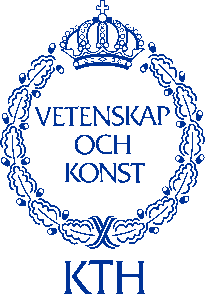


 |
  |
Automatic continuous speech recognition with rapid speaker adaptation for human/machine interactionNikko Ström |
 |

Abstract |
Contents |
| Keywords: Automatic speech recognition (ASR), hybrid HMM/ANN, lexical search, speaker adaptation, speaker characterization, human/machine dialogue system. |
 |
  |